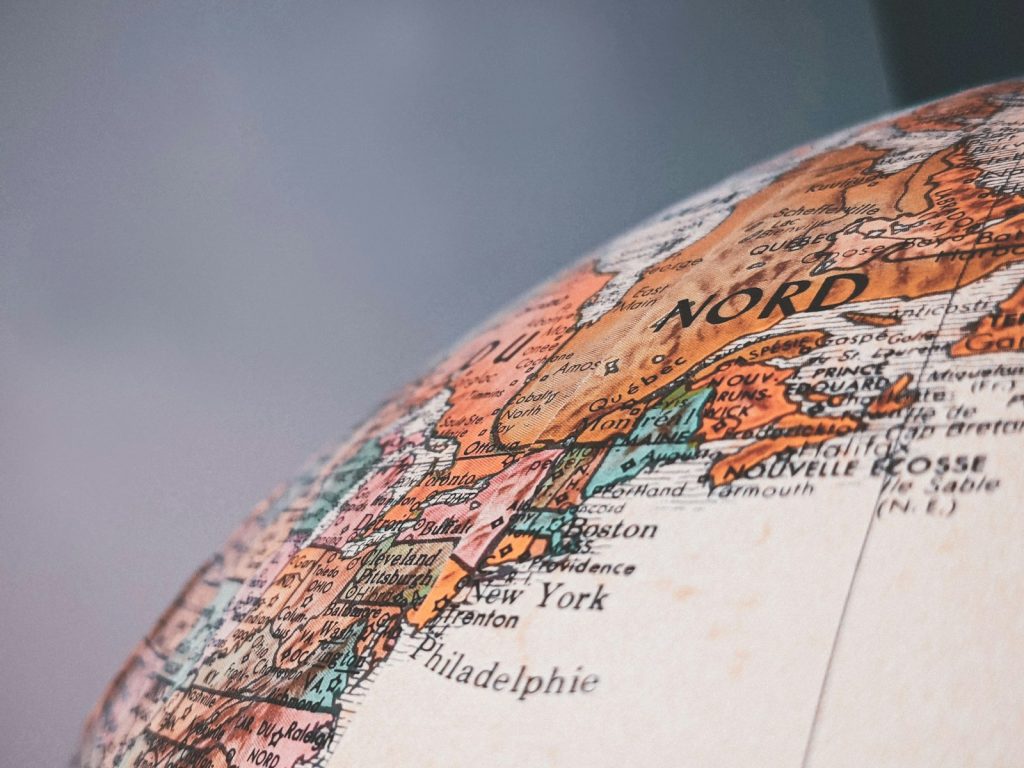Top 10 Most Popular Languages: In the world of digital marketing and content creation, one thing remains abundantly clear: language plays a vital role in connecting with audiences. English has long held the crown as the predominant language on the internet. However, as we approach 2025, it is clear that the digital world is becoming more multilingual. Offering products or services exclusively in English, especially in a diverse global market, is no longer enough.
This shift towards multilingualism presents an exciting opportunity for businesses looking to expand their reach. As you explore the potential of content translation, you’re stepping into a world of increased brand awareness, credibility, and potential clients. But with so many languages to choose from, where should you focus your translation efforts? To help guide your decision, here are the top 10 most popular languages on the internet in 2025.
Why Is a Translation Strategy Crucial for Your Business?
As we move further into 2025, the trends we’ve seen in recent years will only continue to grow. Central to these trends is the increasing emphasis on the user experience (UX) in multilingual marketing. The phrase “Can’t Read, Won’t Buy” perfectly summarizes the link between language and purchasing decisions. According to CSA Research, 65% of consumers prefer content in their own language, and a staggering 40% would outright refuse to purchase from websites in foreign languages.
Furthermore, research reveals that 30% of people never make purchases on English-only websites, with another 30% rarely doing so. These statistics underline the importance of localizing content—not just translating words, but adapting them to resonate with different cultural contexts. Investing in professional localization services ensures that your message is not just understood but also culturally relevant to your diverse audience.
Top 10 Most Popular Languages on the Internet (By 2025)
Statista’s latest report on the languages most frequently used for web content provides a comprehensive look at the most widely spoken languages online. Below are the top 10 languages to consider when developing a translation strategy for 2025:
1. English
Number of Internet Users: 1,186,451,052
Global Share: 25.9%
As expected, English remains the most widely used language on the internet, holding a significant share of global users. Its dominance in digital communication, business, and technology ensures it remains at the top of the list.
2. Chinese
Number of Internet Users: 888,453,068
Global Share: 19.4%
The sheer scale of China’s population and its rapidly expanding internet penetration place Chinese firmly in second place. With an annual user growth rate of 2,650.4%, Chinese is an essential language for any global expansion strategy.
3. Spanish
Number of Internet Users: 363,684,593
Global Share: 7.9%
Spanish is not only spoken in Spain but across numerous countries in Latin America and beyond, making it a highly significant language on the internet. Its wide regional dialects underscore the importance of effective localization.
4. Arabic
Number of Internet Users: 237,418,349
Global Share: 5.2%
With an impressive annual growth rate of 9,348%, Arabic is rapidly gaining ground in the digital space. As internet penetration in the Middle East and North Africa continues to rise, Arabic becomes increasingly important for businesses aiming to tap into this dynamic market.
5. Indonesian/Malaysian
Number of Internet Users: 198,029,815
Global Share: 4.3%
Indonesia and Malaysia boast high internet penetration rates, with over 64% of their populations active online. The shared language between these nations makes it an ideal language to target for Southeast Asia.
6. Portuguese
Number of Internet Users: 171,750,818
Global Share: 3.7%
Portuguese has a significant presence online, largely due to Brazil’s growing digital economy. It is the official language of nine countries and a major language in several other territories, making it crucial for businesses targeting Portuguese-speaking markets.
7. French
Number of Internet Users: 151,733,611
Global Share: 3.3%
With over 29 countries using French as an official language, including many in Africa, French maintains a strong presence on the web. Its wide geographic distribution and cultural importance in Europe, Africa, and Canada make it a valuable language for businesses looking to engage a broad audience.
8. Japanese
Number of Internet Users: 118,626,672
Global Share: 2.6%
Japan has one of the highest internet penetration rates in the world, with nearly the entire population active online. Japanese also receives significant traffic on global platforms like Wikipedia. With a robust e-commerce market, Japanese is a key language for targeting tech-savvy consumers in Asia.
9. Russian
Number of Internet Users: 116,353,942
Global Share: 2.5%
Russian holds a solid position in the top 10, with a strong growth trajectory and substantial content presence online. As Russia’s internet sector expands, so too does the need for businesses to engage Russian-speaking users.
10. German
Number of Internet Users: 92,525,427
Global Share: 2.0%
German remains a critical language, particularly in the European Union and in global business. Though its internet user base has fluctuated, it continues to be an important language for both online content creation and marketing efforts.

How Multilingual Marketing Drives Growth
In the digital age, language is not just a matter of communication; it’s a gateway to new markets and untapped revenue streams. A multilingual marketing strategy allows businesses to build trust and rapport with audiences who prefer to engage with content in their native language. But remember, effective translation goes beyond simply swapping one set of words for another. Localization involves adapting content to local culture, norms, and expectations, ensuring that your message resonates with your audience.
With a well-executed multilingual strategy, you not only expand your reach but also enhance your customer experience. The more comfortable your potential clients feel, the more likely they are to engage with your brand, make purchases, and become long-term customers.
Set the Pace for Your Translation Strategy
Choosing the right languages for your multilingual strategy is about understanding the intersection between your business needs and the untapped potential of global markets. Don’t overlook the power of language in shaping user experiences and driving conversions. Whether you’re expanding into new territories or engaging with diverse online communities, translating your content into the languages most used by internet users today is a crucial step toward achieving your business goals.
As 2025 approaches, keep these top 10 languages in mind when developing your global outreach strategy. By starting with a thoughtful, multilingual marketing plan, you can position your business to thrive in an increasingly interconnected world.
Ready to begin your multilingual journey? Contact us today, and we’ll help you tailor your content to effectively reach your global audience, ensuring that your message is culturally relevant, resonant, and impactful.






